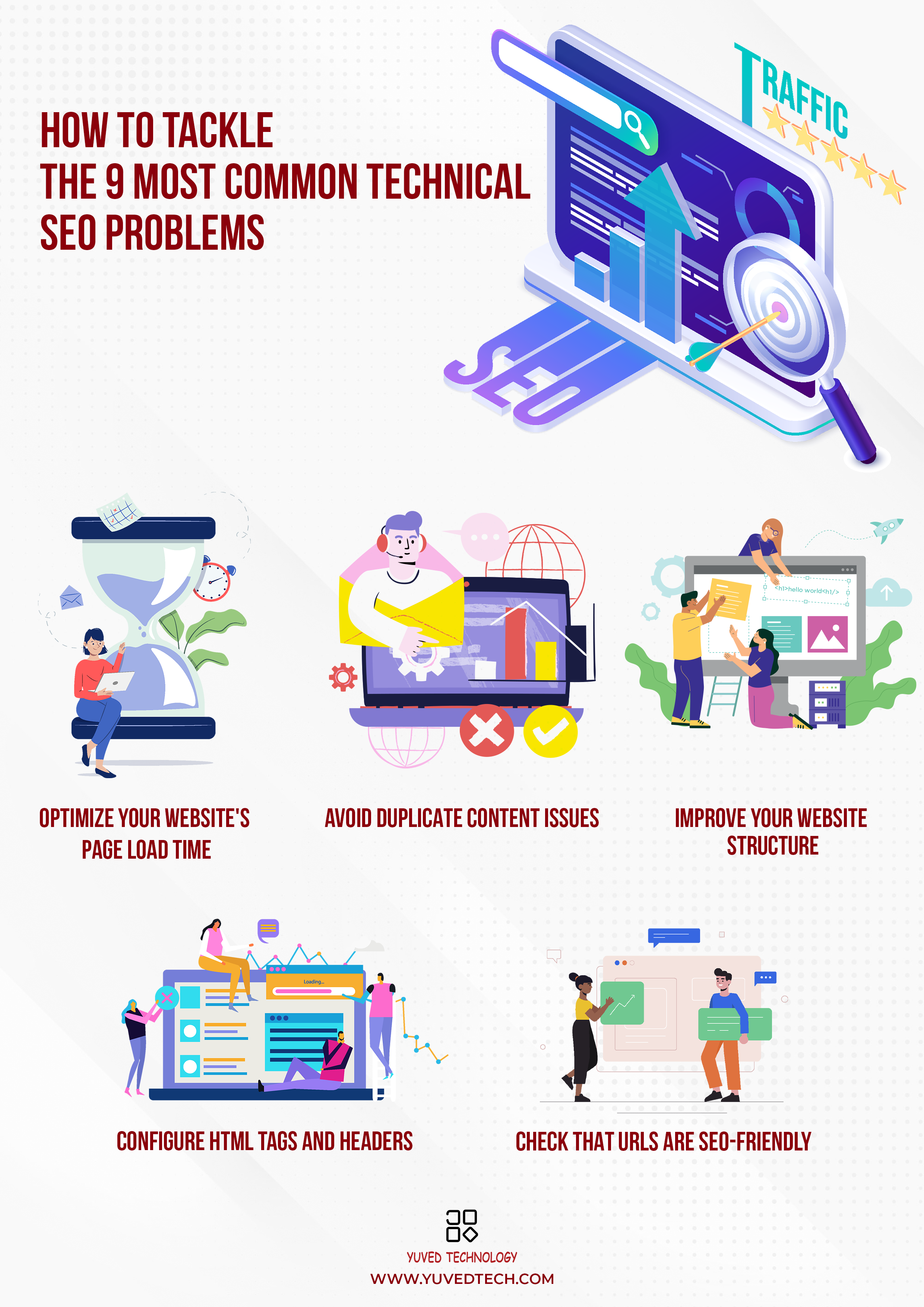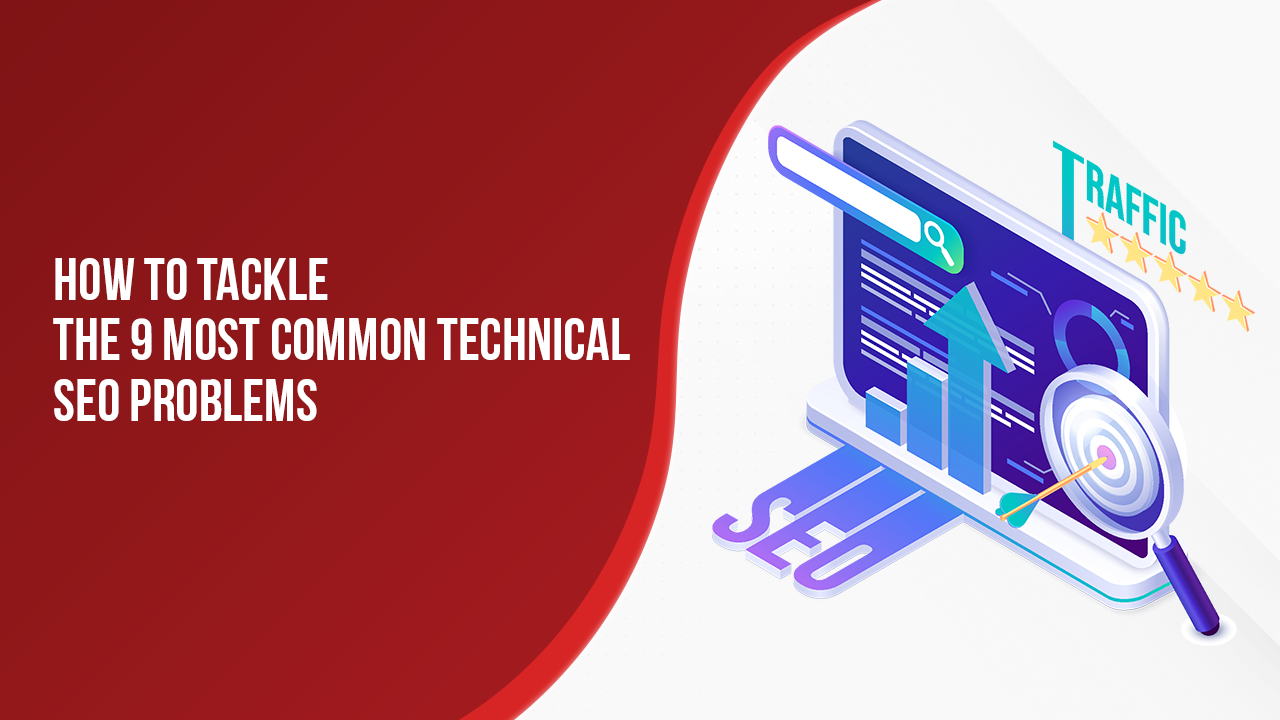Technical SEO is the process of making sure your site is running smoothly, using the right tools and techniques to ensure the best possible user experience. However, technical issues can get in the way of a successful optimization effort. In this article, we’ll look at 9 common technical SEO issues and how you can address them.
Optimize Your Website’s Page Load Time
An effective technical SEO strategy starts with improving your site’s page load time, as search engines prioritize pages that take less time to open. To make sure your pages are loading as quickly as possible, consider using caching plugins and reducing the size of your images. CSS and JavaScript files can also be minified and compressed to decrease page load times. Additionally, limit the number of plugins you use on each page and keep an eye out for broken links or redirects that could slow down the loading process.
Avoid Duplicate Content Issues
Search engines don’t rank pages that contain duplicate content, so it’s important to make sure your content is unique. If you do have duplicate content on your site, it can be damaging to your SEO efforts. To avoid these issues, use canonical tags to specify the original source of each piece of content and leverage 301 redirects when appropriate. You should also use the “noindex” tag to avoid search engines indexing multiple versions of the same page.
Improve Your Website Structure
Another step that you can take to improve your technical SEO is to optimize your website’s structure. This means ensuring that you have a clear hierarchy for internal linking, enabling easy access to all pages of the website and providing multiple ways for search engines and users to navigate it. You can define silos to group related keywords together and make it easier for search engines to understand which content belongs together. Additionally, try not to include more than three levels between the homepage and any given page on the website.
Configure HTML Tags and Headers
HTML tags and headers are used to emphasize different parts of the page, which is important for both search engine optimization and readability. You’ll want to include an H1 tag on each page, which should be the most important keyword related to that particular page. Additional subheadings can also be used for other keywords if necessary; these will be denoted by H2-H6 tags. Articles and blog posts should also include meta descriptions so that users know what the content is about before they click through. Make sure these are well-written and up-to-date with the content on the page.

Check That URLs Are SEO-Friendly
When creating content, make sure the URLs that link to your pages are SEO-friendly. This means they should use hyphens (-) to separate words and have a few keywords relevant to the page. As an example, a post about gardening should have a URL like “www.example.com/gardening-tips-for-amateurs” instead of “www.example.com/post234532”. These descriptive URLs can help search engines understand what your page is about and make it easier for users too!

